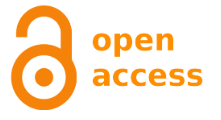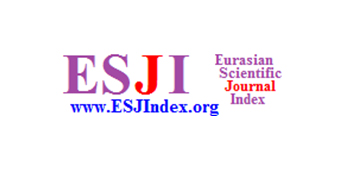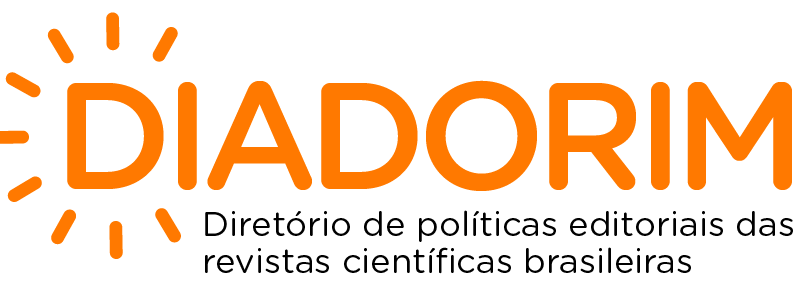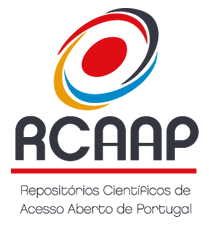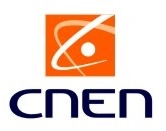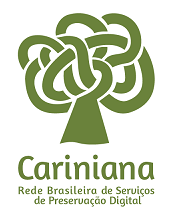Geolinguistic Research in Brazilian Indigenous Areas: challenges and strategies
DOI:
https://doi.org/10.5433/2237-4876.2018v21n1p126Keywords:
Geolinguistic research. Geosociolinguistics. Indigenous Areas.Abstract
This paper points to the theoretical and methodological issues involved in the subproject on Portuguese Language Atlas in Indigenous Areas (ALiPAI) part of the project GeoLinTerm coordinated by Abdelhak Razky (UFPA/UnB). The first results of ALiPAI are part of the doctoral thesis of Guedes (2017), which mapped the geosociolinguistic profile of Portuguese in contact with Tupí-Guarani languages in indigenous areas of Pará and Maranhão. The first experiences in the geolinguistic field research in Brazilian indigenous areas provided a confluence of research methodologies, especially Geosociolinguistics (RAZKY, 1998), Pluridimensional and Relational Dialectology (THUN, 1998) and Anthropological Linguistics (RODRIGUES, CABRAL, 2012). Ten informants were selected from each of the five network of points investigated (Suruí Aikewára, Asuriní do Tocantins, Tembé, Guajajára and Guaraní Mbyá). The questionnaires applied in these areas were developed by the National committee of the Linguistic Atlas of Brazil - ALiB: Phonetic-Phonological questionnaire (QFF) and Semantic Lexical Questionnaire (QSL). These questionnaires were adapted to include the correspondence request in the indigenous language for each one of the answers obtained in Portuguese. In addition, a complementary QFF and a Sociolinguistic Questionnaire were used. The paper also reflects on the necessary adaptations made in the methodology of geolinguistic research, to account for the geosociolinguistic characteristics of the ALiPAI target communities.
Downloads
References
ATLAS UNESCO de las lenguas del mundo en peligro. 2011. Disponível em: https://bit.ly/1JVCiLM. Acesso em: 15 ago. 2016.
CABRAL, A. S. A. C.; NEGREIROS, D. A.; SIMÃO, R. N. Relatório sobre a pesquisa realizada na Terra Indígena Trocará com vistas à caracterização da situação de Vitalidade da Língua Asuriní do Tocantins. 2006. (Relatório de Pesquisa).
CARVALHO, M. G. P. Sinais de morte ou de vitalidade? Mudanças estruturais na língua Tembé. 2001. Dissertação (Mestrado em Letras) - Universidade Federal do Pará, Belém.
COMITÊ NACIONAL DO PROJETO ALIB. Atlas Lingüístico do Brasil: questionários 2001. Londrina: Ed. UEL, 2001.
GUEDES, R. J. C. Estudo geossociolinguístico da variação lexical na zona Rural do estado do Pará. 2012. Dissertação (Mestrado em Letras) - Universidade Federal do Pará, Belém.
LARAIA, R. de B.; MATTA, R. da. Índios e Castanheiros: a empresa extrativa e os índios no médio Tocantins. São Paulo: Difusão Européia do Livro, 1967.
LOPES, J. D. Uma interface da documentação linguística e modelos lexicográficos para línguas indígenas brasileiras: uma proposta para o Suruí-aikewára. 2014. Tese (Doutorado em Linguística) - Universidade de Brasília, Brasília.
MARGOTTI, F. W. Difusão sócio-geográfica do português em contato com o italiano no Sul do Brasil. 2004. Tese (Doutorado em Letras) - Universidade Federal do Rio Grande do Sul, Porto Alegre.
RADTKE, E.; THUN, H. Neue Wege der romanischen Geolinguistik: Eine Bilanz. In: RADTKE; E.; THUN, H. (Ed.). Neue Wege der romanischen Geolinguistik: Akten des Symposiums zur empirischen Dialektologie. Kiel: WestenseeVerl., 1996. p. 1-24.
RAZKY, A. O Atlas geo-sociolingüístico do Pará: abordagem metodológica. In: AGUILERA, V. de A. (Org). A Geolingüística no Brasil: caminhos e perspectivas. Londrina: Ed. UEL, 1998. p. 155-164.
RAZKY, A.; GUEDES, R. J. C. Le continuum des regroupements lexicaux dans l'atlas géosociolinguistique du Pará. Revista Géoliguistique, n. 15, p. 149-162, 2015. RODRIGUES, A. D. Os cenários da chegada da língua portuguesa. In: CARDOSO, S. A. M.; MOTA, J. A.; MATTOS E SILVA, R. V. Quinhentos anos de história lingüística do Brasil.
RODRIGUES, A. D.; CABRAL, A. S. A. C. Tupían. In: CAMPBELL, L.; GRONDONA, V. (Org.). The indigenous languages of South America. Berlin; Boston: Mouton de Gruyter, 2012. v. 2. p. 495-574.
SILVA, T. F. da. História da língua tenetehára: contribuição aos estudos histórico-comparativos sobre a diversificação da família linguística tupi-guarani do tronco tupí. 2010. Tese (Doutorado em Linguística) - Universidade de Brasília, Brasília.
Downloads
Published
How to Cite
Issue
Section
License
Copyright (c) 2018 Signum: Estudos da Linguagem

This work is licensed under a Creative Commons Attribution-NonCommercial-NoDerivatives 4.0 International License.
This journal reserves the right to make, in the originals, normative, orthographic and grammatical modifications in order to maintain the standard language and the credibility of the publication. It will respect, however, the authors' style of writing. Modifications, corrections and suggestions of conceptual order will be forwarded to the authors, if necessary. In these cases, the papers, once appropriate, should be submitted to a new appreciation. The final examinations will not be forwarded to the authors. Works published become property of Signum, being its total or partial reprint subject to an explicit authorization of the journal. In all subsequent quotes the original source of publication should be mentioned, in case, in Photographic Discourse. Opinions emitted by the authors are their exclusive responsibility.




